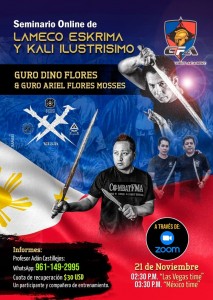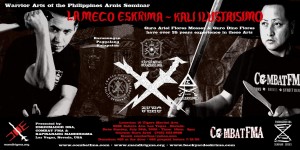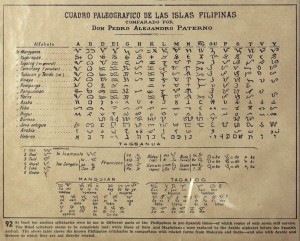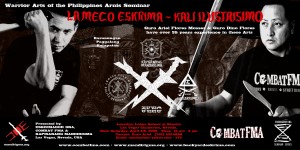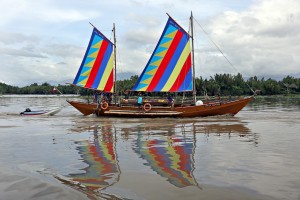
Seminar: Lameco SOG Eskrima and Kali Ilustrisimo with Guro Ariel Flores Mosses and Guro Dino Flores. Las Vegas, Nevada. November 22nd, 2020. Seminar: Lameco SOG Eskrima and Kali Ilustrisimo with Guro Ariel Flores Mosses and Guro Dino Flores. Las Vegas, Nevada. April 4th, 2020. Guro Ariel Flores Mosses and Dino Flores will be doing a seminar in Las Vegas November 22nd, 2020. It will be held at the Lohan School of Shaolin. 3850 Schiff Dr., Las Vegas, NV 89103. Strictly No Video Recording. Photos OK. Payments: Combat FMA Paypal – CombatFMA@yahoo.com More Instructor Information: Guro Ariel: https://ariel-mosses.squarespace.com/about-ariel-f-mosses Guro Dino: http://mandirigma.org/?p=122 More Information at: http://mandirigma.org/ http://backyardeskrima.com/ https://www.facebook.com/Eskrimador1898/ https://www.youtube.com/user/MandirigmaOrg https://vimeo.com/mandirig … [Read more...]
